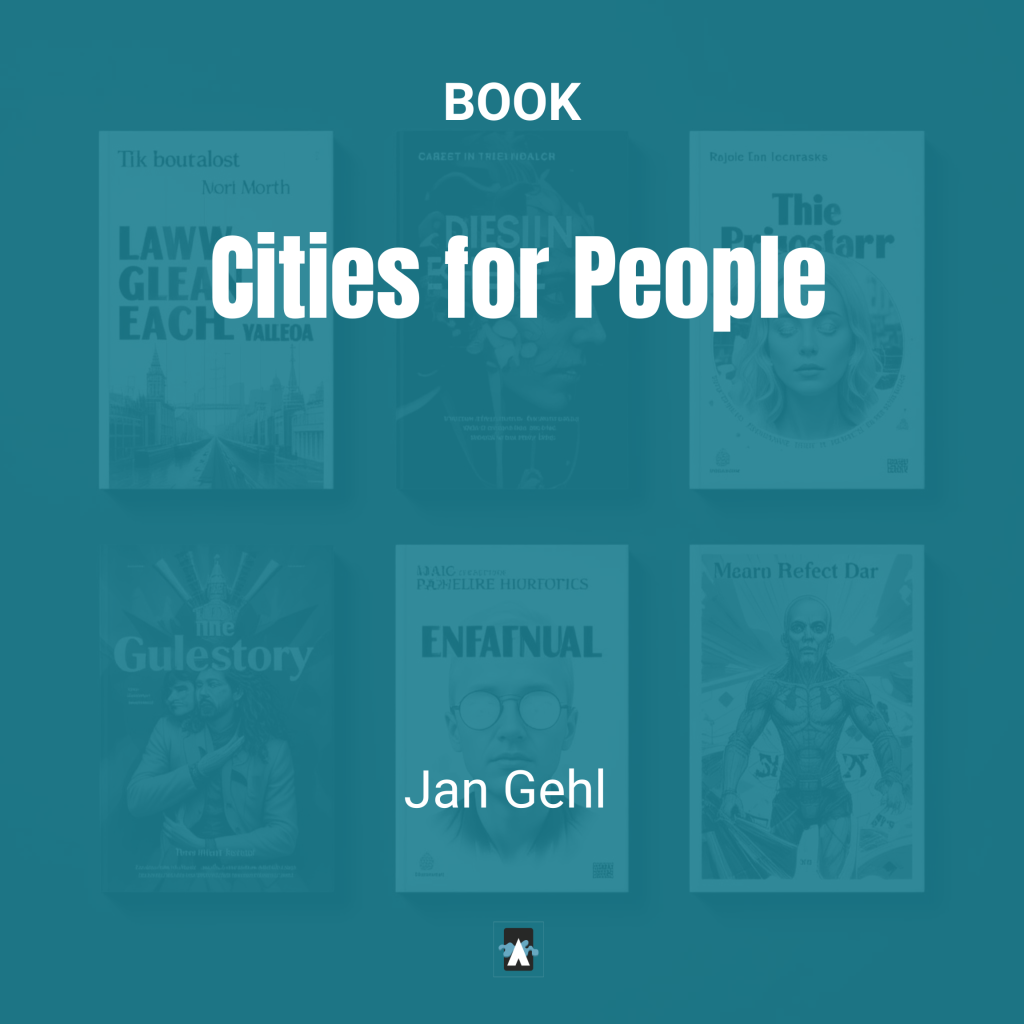Unveiling the Secrets of Smart Cities: A Dream Voyage to Singapore
The train’s hum faded as Will Hunter disembarked at Marina Bay Sands. The air was thick with the buzz of technology, and the glimmering skyline of Singapore loomed above him like a digital utopia. He wasn’t here to marvel at its brilliance, though. Will’s mission was to peel back the layers of smart cities, unraveling their promise and pitfalls. But as he stepped into this hyper-connected urban jungle, an uneasy feeling crept over him.
.
A holographic sign lit up ahead, guiding him toward the Urban Redevelopment Authority (URA). Each step echoed in the quiet, too perfect streets, almost as if the city itself were watching. The tension simmered as Will entered the sprawling glass structure, where a researcher greeted him.
.
“Welcome to the heart of Singapore’s urban brain,” she said, motioning to a massive real-time display of the city. “Here, we monitor traffic, energy, water, and even public sentiment through sensors embedded everywhere. This is how smart cities adapt.”
Smart Cities: The Future of Urban Living
Will scanned the display, awestruck. “So, the city learns from its inhabitants?” he asked.
.
“Exactly,” the researcher replied. “It’s not just about reacting—it’s about predicting. We aim for efficiency, sustainability, and quality of life.”
.
But Will’s critical side emerged. “Doesn’t all this come at a cost? The carbon footprint of servers and sensors can’t be ignored.”
.
“You’re right,” she conceded. “That’s why we emphasize life-cycle analysis to ensure the environmental gains outlast the initial costs. The book Smart Cities: Big Data, Civic Hackers, and the Quest for a New Utopia by Anthony M. Townsend discusses this balance beautifully. I recommend it if you want to dive deeper.”
The Controlled Chaos of Smart Nations
Will left the URA with a mix of awe and skepticism. He arrived at the Smart Nation Sensor Platform, a district testing cutting-edge technology. The streets hummed with life, but everything seemed orchestrated: autonomous buses glided silently, solar-paneled bus stops gleamed in the sunlight, and vertical gardens purified the air.
.
“It’s fascinating,” Will thought, though he couldn’t shake the feeling of being in a controlled experiment.
.
In the middle of the district, he met an urban planner who offered a different perspective. “A smart city isn’t about sensors or algorithms,” she said. “It’s about the people. Technology must serve them—not the other way around.”
.
Her words resonated deeply with Will, reminding him of Jan Gehl’s Cities for People. The planner handed him a copy, saying, “This book explains how we can design cities that prioritize humans over hardware. Never forget that.”
The Dark Side of Intelligence
As night fell, Will decided to explore on his own. Guided by whispers of something hidden beneath the city’s surface, he stumbled upon a restricted area. Inside a dimly lit control room, rows of monitors displayed every corner of Singapore, from bustling markets to solitary pedestrians.
.
“Surveillance,” he muttered, unease gripping him. Was this the price of efficiency? The integration of data-driven systems blurred the line between optimization and control. He recalled the urban planner’s words: “Without inclusivity and transparency, a smart city is just a shiny toy.”
.
Suddenly, the screens flickered, and a disembodied voice filled the room. “Who are you?” it demanded. Will’s heart raced as he backed away, the realization hitting him: in a city this interconnected, anonymity was impossible.
Reflections at Dawn
As dawn broke, Will found himself on a skybridge overlooking the glittering city. The first light revealed both its promise and its shadows. Smart cities like Singapore were marvels of human ingenuity, but they weren’t infallible.
.
Will thought of the lessons he’d learned: the importance of balancing innovation with sustainability, the need to protect privacy and ensure inclusivity, and the reminder that technology is only as good as the intentions behind it.
.
Awakening from his dream, Will sat up in his dorm room, his mind racing with ideas. Singapore had shown him a glimpse of the future—a world where cities breathed and adapted, but also one that demanded careful stewardship.
.
“The real challenge,” he mused, “is designing smart cities that are as humane as they are intelligent.”
Learning Points
- Smart cities use data to optimize urban systems but must balance efficiency with environmental sustainability.
- Inclusivity and transparency are critical for technology to serve people effectively.
- Human-centered design remains vital, as highlighted in Jan Gehl’s Cities for People.
- Surveillance and privacy are significant concerns in data-driven urban environments.
- The carbon footprint of smart city infrastructure must be minimized for long-term gains.
Keywords:
- Smart cities
- Urban sustainability
- Singapore smart city design
- Urban redevelopment authority
- Future of urban living
- Sustainable technology integration
- Smart Nation Sensor Platform
- Data-driven city planning
- Cities for People
- Urban innovation challenges
This fictional story is set within the dreams of Will Hunter, a character created to explore the intersection of imagination and design. Dive into his dreamscape and discover how storytelling can illuminate real-world lessons in architecture and creativity.
Some of the links on this website may be affiliate links. This means that if you click on the link and make a purchase, we may receive a small commission. We only recommend products and services that we genuinely believe will be beneficial to our readers.



